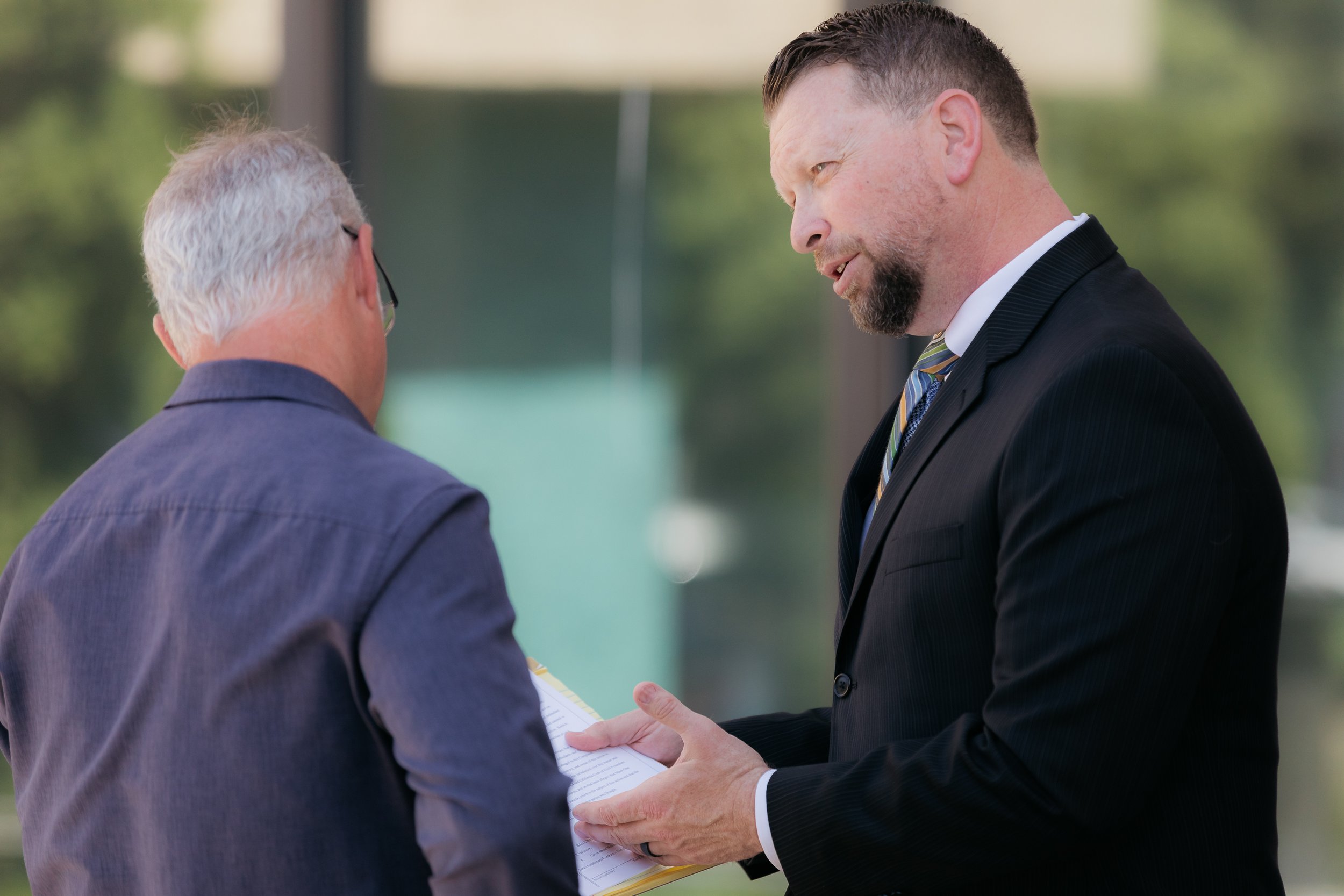
Civil Litigation
The exact steps and timeline can vary depending on the specific circumstances of each case.
How it works:
File a complaint: The person or entity bringing the lawsuit (the plaintiff) files a complaint against the person or entity being sued (the defendant).
Serve the complaint: The defendant is given a copy of the complaint and a summons, which tells them they have to respond to the complaint.
Answer the complaint: The defendant responds to the complaint by admitting or denying the allegations.
Discovery: Both parties gather information and evidence through a process called discovery.
Motions: Either party may ask the court to make a decision on certain issues.
Pre-Trial Conference: Both parties meet with the judge to try and resolve the case before trial.
Trial: If the case is not resolved, it goes to trial where both parties present their case to a judge or jury.
Judgment: The judge or jury makes a final decision, called a judgment.
Appeals: Either party can ask a higher court to review the case if they believe there was a mistake made during the trial.
Whether you’re filing a complaint or served one, we can help. Contact us today to get the legal assistance you need.

